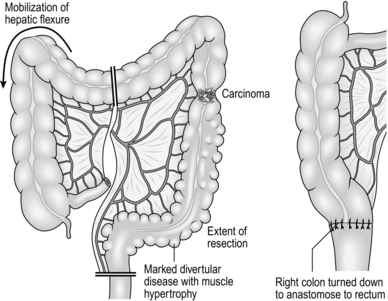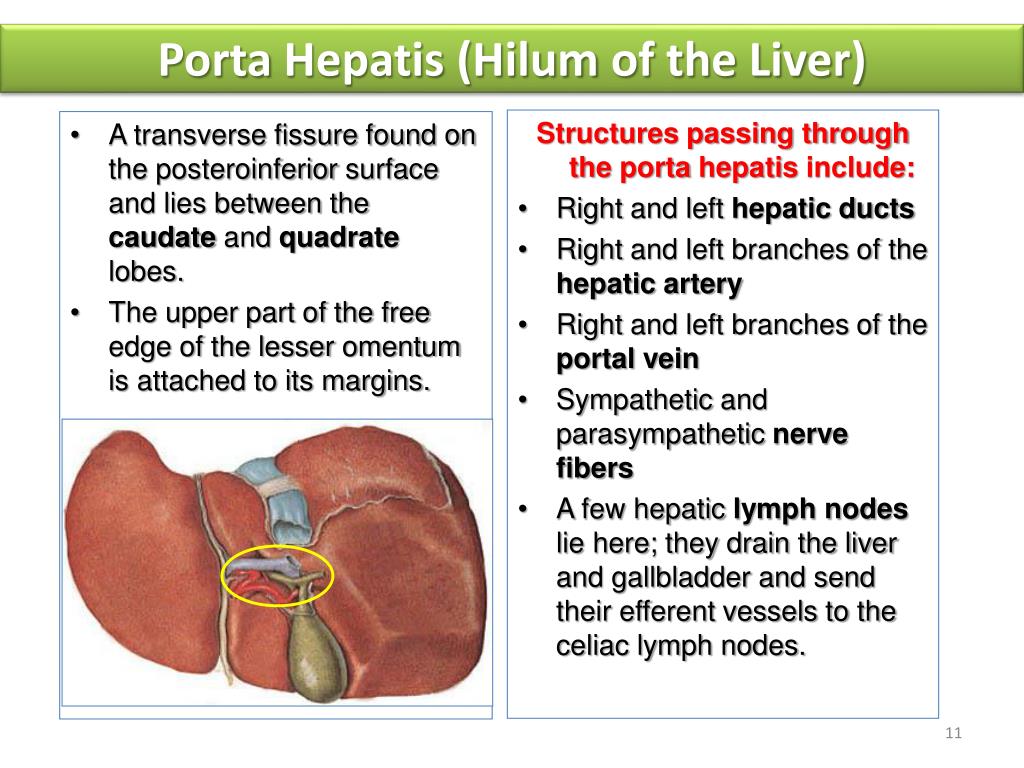
Pure transverse colon cancers are commonly defined as all those cancers occurring in the middle part of the transverse colon. Splenic flexure cancers are generally considered as all those cancers occurring between the distal part of the transverse colon and the proximal part of the descending colon. Laparoscopic approach to splenic flexure and transverse colon cancer, however, has not been investigated and it is still a matter of debate, mainly due to the rare incidence of the cancer of the left flexure, ranging approximately from 3 to 10% of all colon cancers, and to technical difficulties in approaching the transverse colon. All the main prospective trials comparing open and laparoscopic technique for colorectal cancer have shown same clinical and oncological outcomes of the two approaches. Since the 1990s, laparoscopic technique has become a standard approach for several surgical procedures in the field of colorectal surgery. Herein we discuss a standardized approach for robotic splenic flexure resection and transverse colon. In addition, robotic system can allow a better fashioning of the intracorporeal anastomosis, and the advent of fluorescence is useful to guide dissection and to evaluate the vascularization of the colon. Robotic technique has overcome some pitfalls of laparoscopy, thanks to its stability of vision, tremor filtering, and fine movements of the robotic arms that can help in better identifying and managing both vascular structures and side organs, thus avoiding splenic and pancreatic injuries. The relationship with the spleen and the absence of a consensus on the extent of surgery for splenic flexure cancer are two of several aspects that make splenic flexure surgery mostly debated.

Laparoscopic approach to splenic flexure and transverse colon cancer, however, is still a matter of debate and considered challenging for both anatomical and technical aspects.



 0 kommentar(er)
0 kommentar(er)
